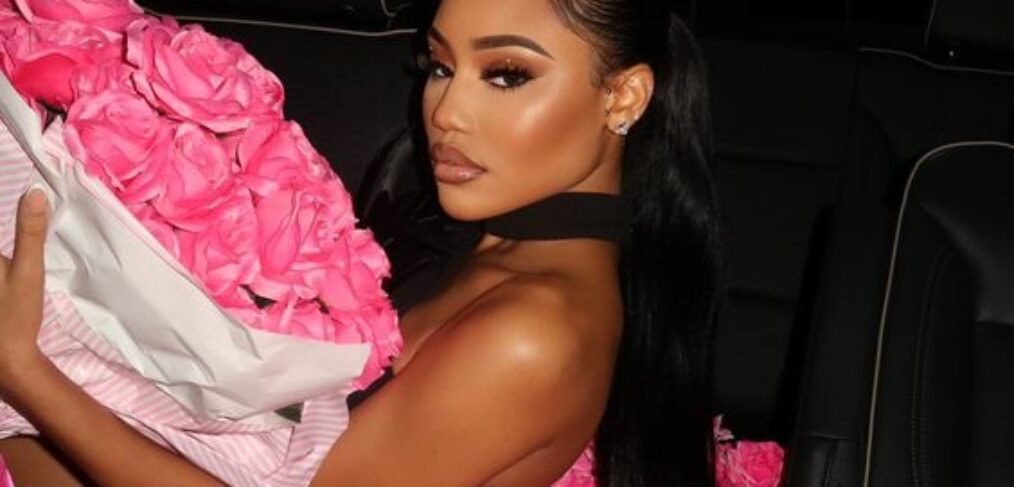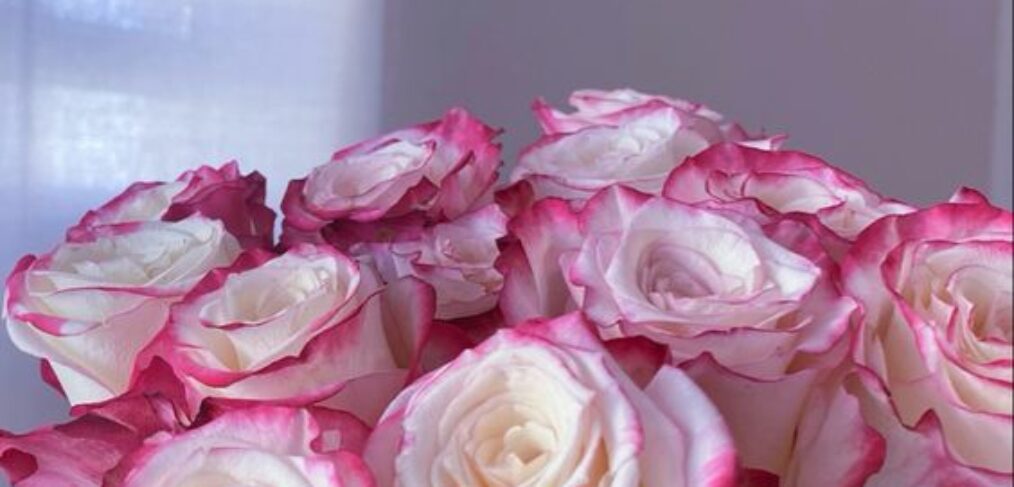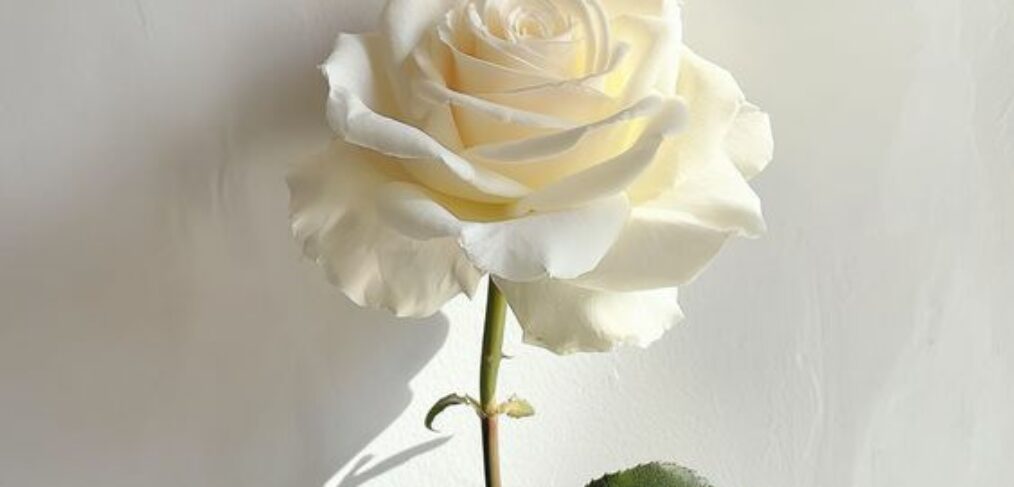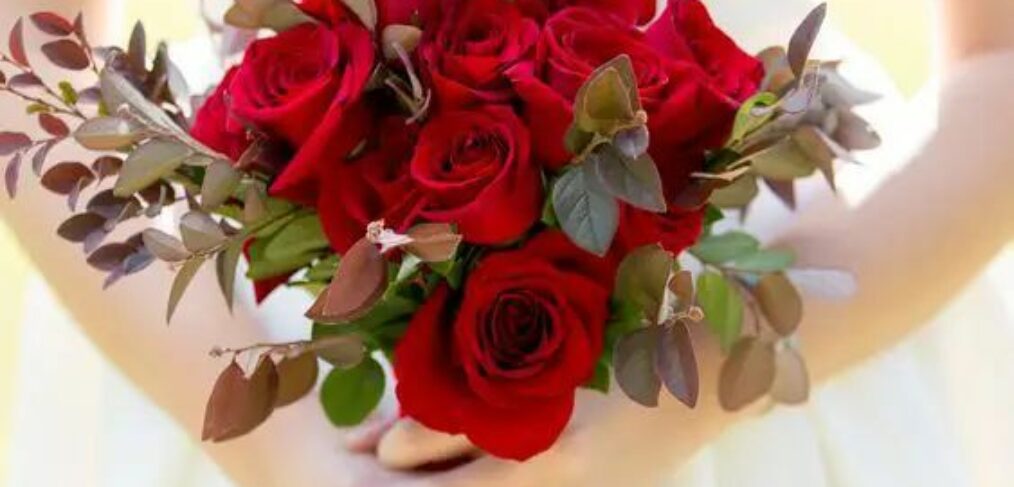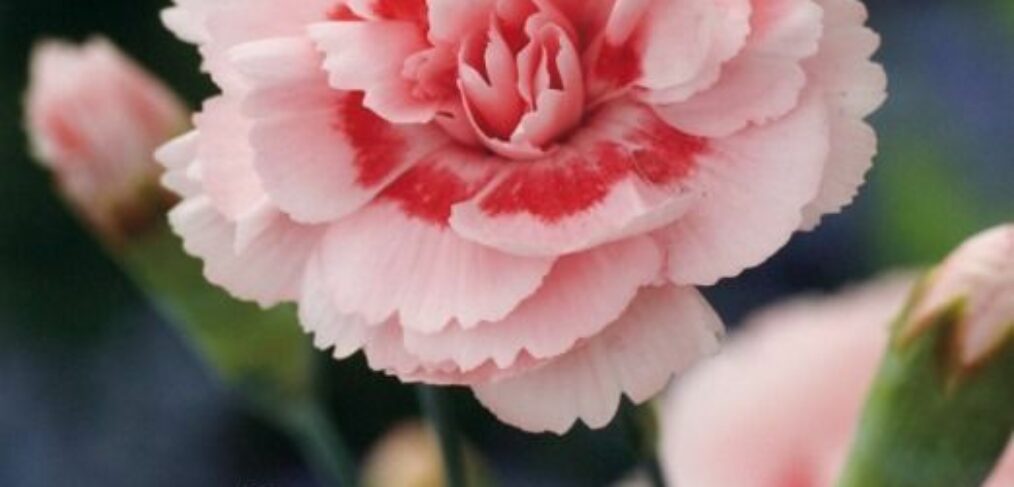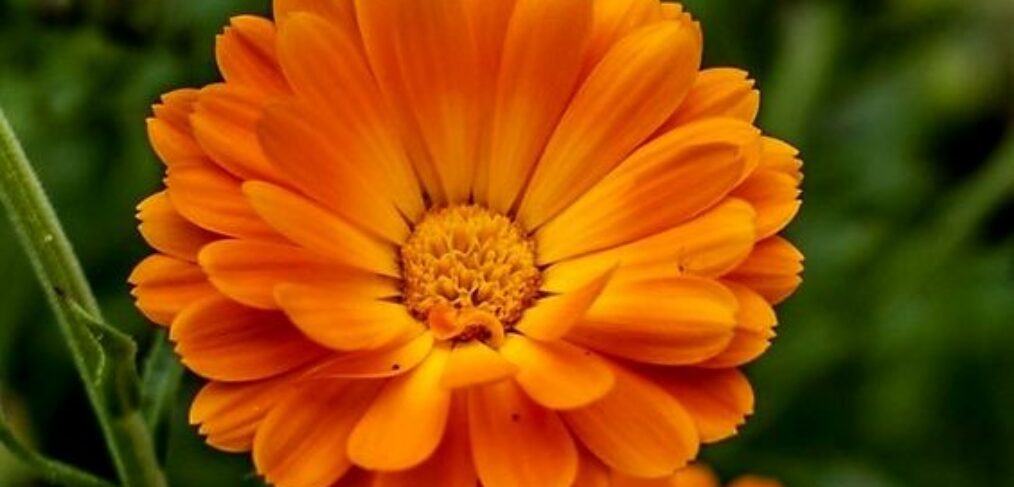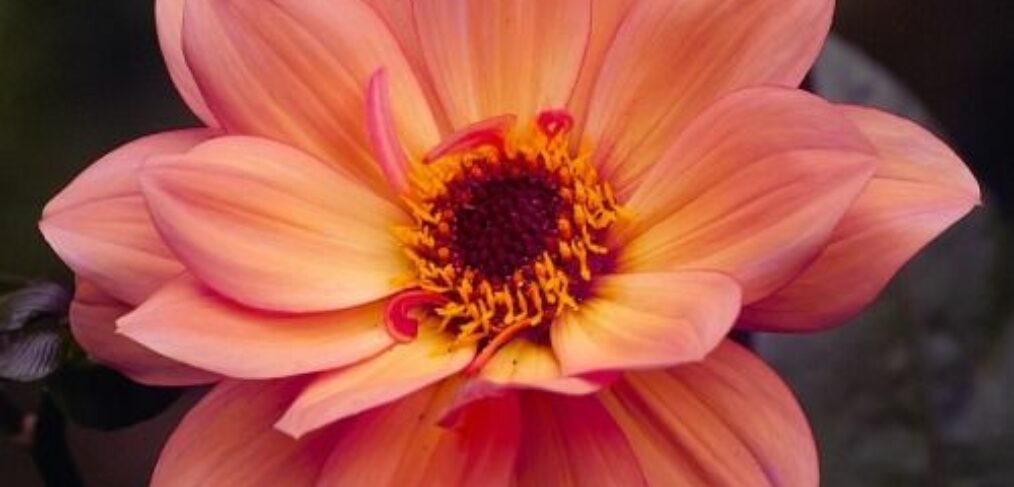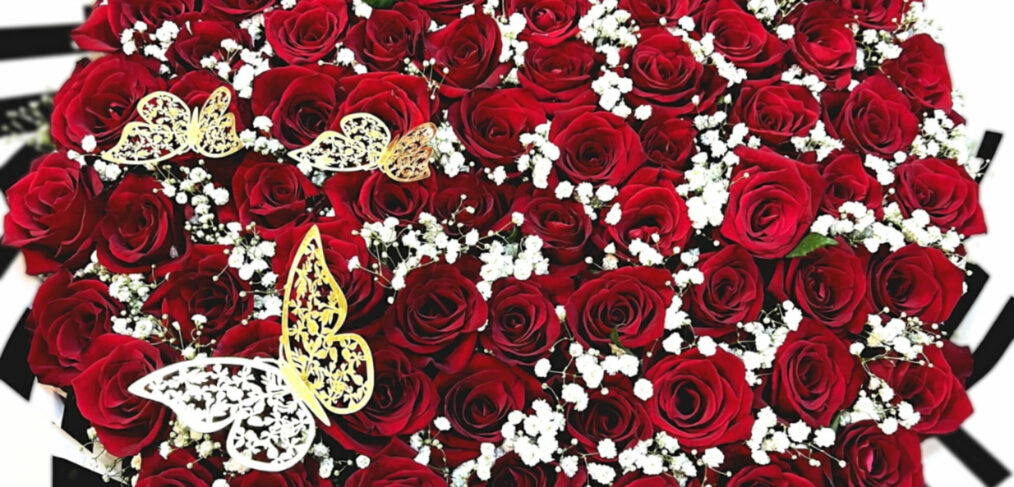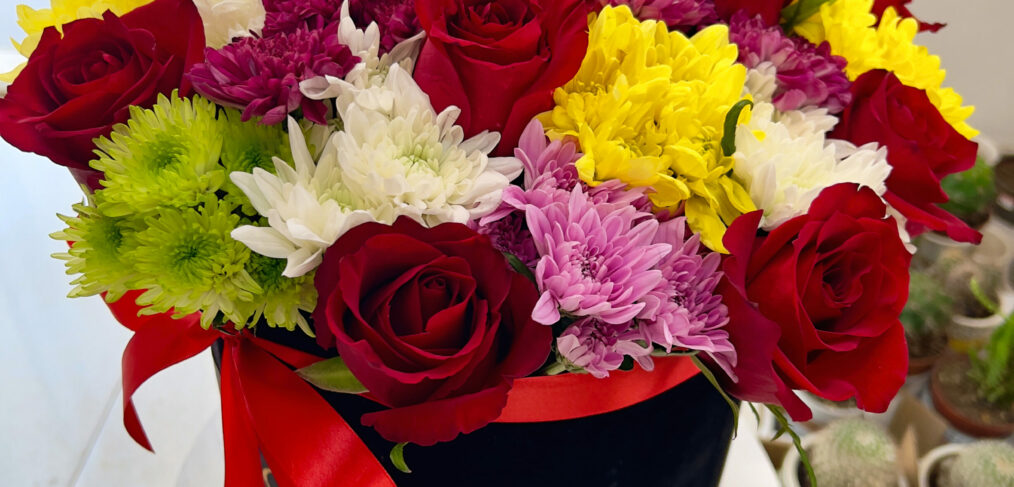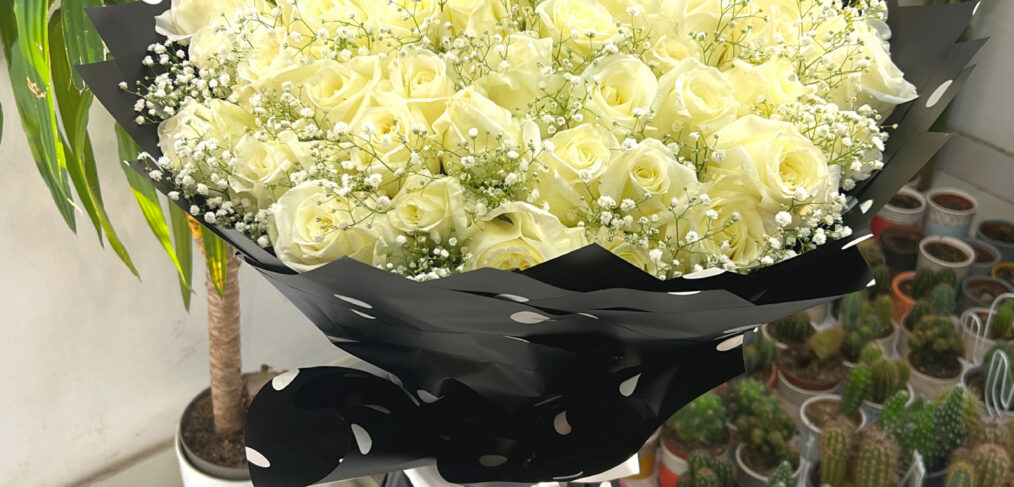Fresh flowers have long been a symbol of beauty, love, and life, making them a popular choice for celebrations, particularly birthdays. They bring a natural elegance to any setting and convey messages of affection, joy, and appreciation.
The significance of fresh flowers at birthdays goes beyond their aesthetic appeal; they carry cultural, emotional, and symbolic meanings that enrich the celebration. Below are ten key reasons why fresh flowers hold special significance at birthdays.
- Symbol of Life and Growth
- Expression of Love and Affection
- Cultural and Traditional Significance
- Enhancing the Atmosphere
- Personalized Gesture
- Symbol of Happiness and Joy
- Connection to Nature
- Spiritual and Emotional Healing
- Symbol of Friendship and Loyalty
- Timeless Tradition
1. Symbol of Life and Growth
Fresh flowers represent life, growth, and renewal, which align with the essence of a birthday—a celebration of life and the passage of another year. Just as flowers bloom and flourish, so too do we grow and evolve with each passing year.
2. Expression of Love and Affection
Flowers are universally recognized as an expression of love and affection. Whether given by a family member, friend, or significant other, fresh flowers convey deep emotions and strengthen the bond between the giver and the receiver.
3. Cultural and Traditional Significance
In many cultures, giving flowers on birthdays is a cherished tradition. Different flowers hold specific meanings; for example, roses symbolize love, lilies represent purity, and sunflowers stand for adoration. These cultural nuances add depth to the gesture of giving flowers on a birthday.
4. Enhancing the Atmosphere
Fresh flowers bring natural beauty and a pleasant fragrance to any environment, creating a warm and inviting atmosphere for birthday celebrations. Their vibrant colors and scents can uplift the mood and make the event feel more special and festive.
5. Personalized Gesture
Selecting specific flowers that hold meaning to the birthday person adds a personal touch to the gift. Whether it’s their favorite flower or one that holds special significance, this personalized gesture shows thoughtfulness and care.
6. Symbol of Happiness and Joy
Flowers are often associated with happiness and joy. Bright and cheerful blooms like daisies or tulips can symbolize the joy of life and bring smiles to the faces of those celebrating. They embody the positive energy and happiness that birthdays are meant to celebrate.
7. Connection to Nature
In today’s fast-paced world, fresh flowers offer a connection to nature and a reminder of the beauty that exists outside our daily routines. On birthdays, they serve as a reminder to appreciate the simple, natural pleasures in life.
8. Spiritual and Emotional Healing
Flowers have been known to have therapeutic effects, offering comfort and emotional healing. On birthdays, especially for those who may be going through tough times, receiving fresh flowers can provide solace and a sense of peace, making the day more meaningful.
9. Symbol of Friendship and Loyalty
Certain flowers, like chrysanthemums, symbolize friendship and loyalty. Giving these flowers on a birthday is a way to reaffirm and celebrate the enduring bonds of friendship, making the birthday even more special.
10. Timeless Tradition
The act of giving flowers has stood the test of time and remains a timeless tradition. This continuity connects generations and cultures, making the giving of fresh flowers on birthdays a cherished ritual that honors both the present moment and the history of human connection through nature.
Fresh flowers are more than just beautiful decorations; they are meaningful symbols that enhance the celebration of life, love, and relationships.
Whether through their cultural significance, their connection to nature, or their ability to convey deep emotions, fresh flowers hold a special place in birthday celebrations, making them a timeless and cherished gift.

